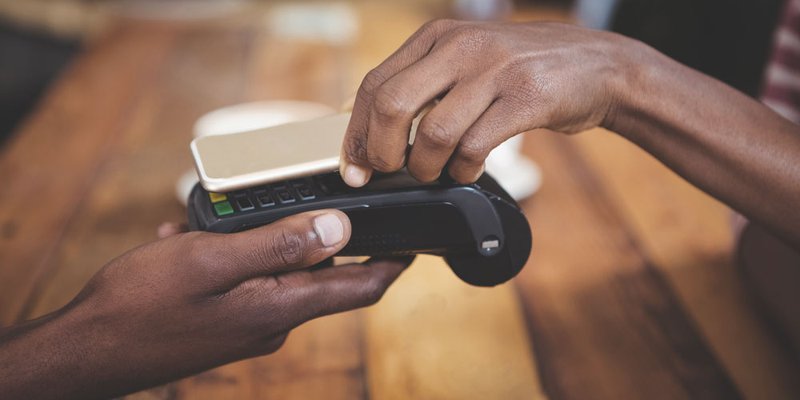
If you are not redirected within 30 seconds, please click here to continue.
Samedi: 10h – 16h HAE

If you are not redirected within 30 seconds, please click here to continue.
If you are not redirected within 30 seconds, please click here to continue.
4 Myths Busted: Are Contactless Debit Payments Safe?

Contactless payment options are appearing everywhere, but many of us are still hesitant to tap. Despite the availability of this technology from the country's credit providers and banks, consumers aren't entirely convinced that it's a secure form of payment. After all, the whole idea of our personal information being transmitted through the air is a scary thought. It’s time to find out the truth about how safe contactless debit payments really are.
Breaking the Myths of Contactless Debit Payments
Myth #1: Criminals can electronically steal – “electronic pick-pocket” – my personal financial information from my wallet or purse.
Not with Interac Flash, the provider of tap debit payments in Canada. Instead of using the card's magnetic strip, Interac now uses chip-based technology. This not only protects you from electronic pickpocketing, but covers you from other types of fraud such as skimming, counterfeiting and duplicate transactions. The information stored on your debit card is limited to basic payment related codes needed to process your transactions. This information is useless to criminals since it can’t be used to clone your card.
Myth #2: I might accidentally pay for something with my debit card by standing too close to the check-out counter with my card in my wallet or purse.
Not true at all. To use Interac Flash, your card needs to be within four centimeters of the merchant’s terminal for the transaction to complete. When paying, the merchant must choose debit as the payment type before the terminal becomes live– your card will not work unless debit is selected.
Myth #3: Radio-frequency identification (RFID) technology isn’t safe and criminals can easily steal information from my debit card.
Debit cards don’t use RFID technology. RFID is commonly used for tracking inventory, toll collection, and animal tagging. Interac Flash uses RF-enabled smartcard technology, which is hard to duplicate and is designed to protect sensitive information.
Myth #4: Interac tap technology isn't as secure as credit.
Unlike your credit card, the number on your debit card is strictly an identifier and not an account number making it harder for thieves to access your information. In fact, every debit transaction is assigned a unique number so any information stored is useless.
Transitioning to mobile payments
Tapping your debit card is still relatively new, but gadget lovers have already started to switch over to mobile payments. Using your cellphone to pay has been around for a few years but it’s been getting more attention with the introduction of Apple Pay. Of course that attention hasn’t always been positive; millions of dollars have already been lost to fraud due to data breaches.
The fraud in question actually comes from credit card information stored and transmitted by the merchants, not the mobile payment technology. Interac payments are not susceptible to retail data breaches since it does not allow personal information to be shared with merchants.
Regardless of your mobile network, you can make mobile payments as long as long as your financial institution supports mobile Interac Flash, your phone has NFC technology, and you have an app installed that supports mobile payments.
The Final Word
It doesn’t matter if we’re making our payments with a physical debit card, contactless, or by mobile; all of Interac’s security features are still in place. We’re also protected in the event of fraud by the Interac Zero Liability Policy, so if you’re looking for the most secure form of payment, choose debit.
Still not sure about using mobile and tab debit payments? Check out this info sheet provided by the Canadian Banker's Association on contactless payment security.
Get money-saving tips in your inbox.
Stay on top of personal finance tips from our money experts!









